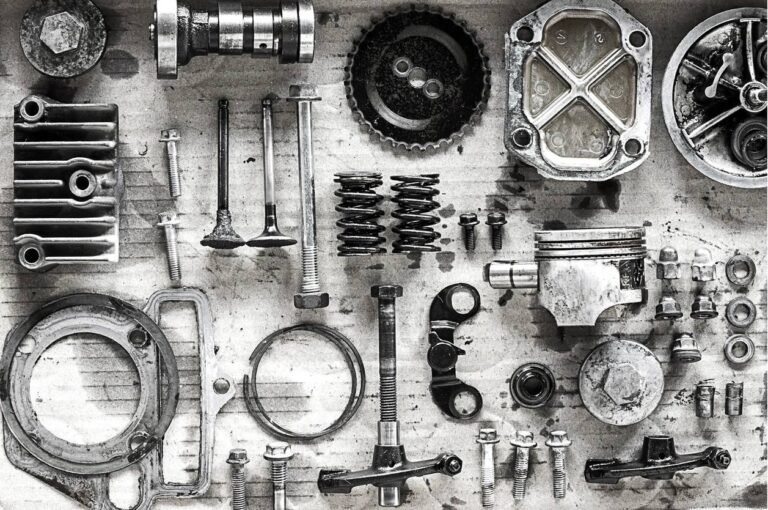
Exploring Technological Advances in Ball Bearings
Introduction
The world of ball bearings is witnessing a revolution, thanks to cutting-edge technological advancements. These developments are not just about enhancing efficiency; they’re reshaping how ball bearings are produced and used across various industries. In this blog, we delve into how new materials and manufacturing techniques are setting the stage for a new era of more efficient and durable ball bearings.
New Materials Making a Mark
The introduction of advanced materials has been a game-changer in the ball bearings industry. Materials like silicon nitride and zirconium dioxide are leading the charge, offering unique advantages over traditional steel bearings. Silicon nitride, for example, is renowned for its low density, high strength, and resistance to thermal shock, making it an ideal choice for high-speed applications. Zirconium dioxide, on the other hand, stands out for its exceptional resistance to wear and corrosion, making it perfect for harsh environments.
Manufacturing Techniques: Precision and Perfection
Modern manufacturing techniques are enhancing the precision and quality of ball bearings. Techniques like additive manufacturing and precision machining are enabling manufacturers to produce bearings with tighter tolerances and improved performance characteristics. These methods are not only improving the quality of bearings but also allowing for the creation of bearings in shapes and sizes that were previously impossible to achieve.
Sustainability in Focus
As environmental concerns become increasingly paramount, the ball bearing industry is not lagging. The use of eco-friendly materials and processes is gaining momentum. Manufacturers are focusing on reducing waste and energy consumption in the production process, leading to a more sustainable manufacturing ecosystem without compromising on quality.
Impact on Industries
The advancements in ball bearings are having a profound impact across a range of industries. In the automotive sector, for example, more efficient bearings are contributing to reduced energy consumption and emissions. In aerospace, the high-performance bearings are enhancing the reliability and lifespan of critical components.
Conclusion
The ongoing technological evolution in the ball bearings industry is not just a leap in manufacturing and materials science; it’s a stride towards a more efficient, sustainable, and reliable future. As these technologies continue to mature, we can expect ball bearings to play an even more critical role in the advancement of various industries.
